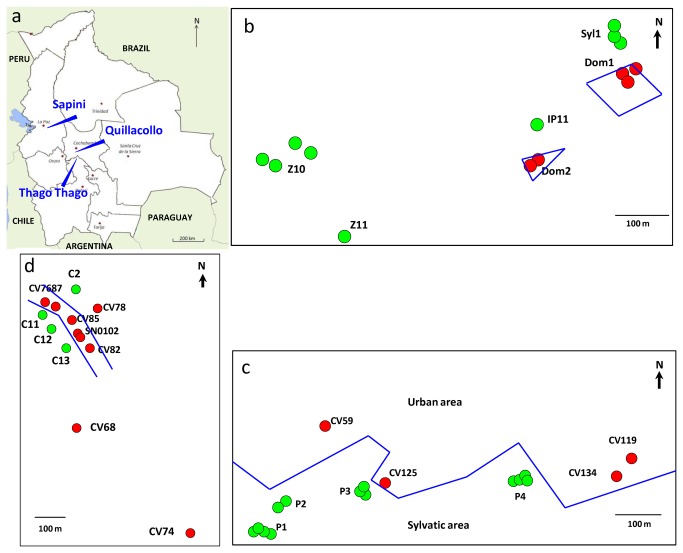Figure 1. Geographical localization of wild and intra-peridomestic populations of T. infestans.
a – General localization of the three study areas in Bolivia, blue arrows and names. b – Rural locality of Sapini in La Paz Department, inhabited area delimited by blue lines. c – Periurban area of Quillacollo city in Cochabamba Department, blue line delimiting the urban area from the sylvatic area. d – Rural locality of Thago Thago in Potosi Department, blue lines delimiting the grouped dwellings. In a, b, and d, green dots indicate specific sites where the wild T. infestans were collected; red dots represent specific sites where intra-peridomestic T. infestans were collected; the names of each population in black. See also Table 2 for the ecotope origin.

